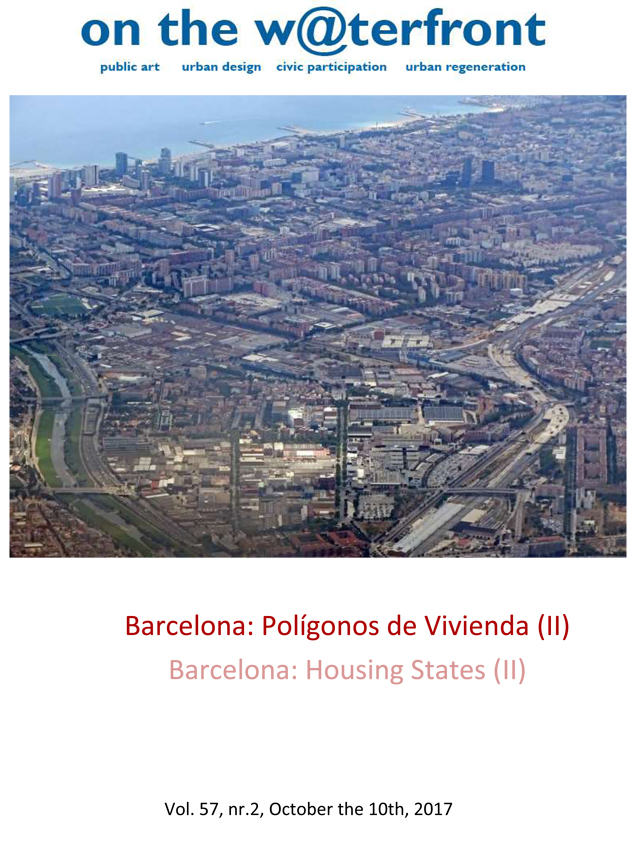Public space in housing estates: Montbau and Ciutat Meridiana (Barcelona)
Keywords:
Barcelona, Migrations, Policies, public space, Housing, Barcelona modelAbstract
In Barcelona, the estates of massive housing evolve in different typologies that culminate in the period of maximum immigration between the years 52 and 75, with the greater production of housing and the development of large groups that are developed based on the functional city, The standardization of the housing unit as a strategy of economic efficiency and the unitary nature of operations, which in typological terms is translated into the adoption of a repetitive and serial composition based on the isolated block and spaces of great extension between the buildings Destined to green area, which brings as a consequence problems with a disjointed position with the rest of the urban fabric, little definition of the public space, lack of equipment and collective infrastructure.
The application of this standard as an efficient solution to the demand of housing from a quantitative aspect, will have as a consequence urban groups that will have different results in their processes of future integration to the city, reason why it becomes necessary to determine and to discover which are those other factors that facilitate or hinder the set of events and processes to become pieces of city.
Published
How to Cite
Issue
Section
License
The
 licence allows: Share — copy and redistribute the material in any medium or format and Adapt — remix, transform, and build upon the material for any purpose, even commercially.The licensor cannot revoke these freedoms as long as you follow the license terms. Author's rights are protected by the ISSN 1139-7365. On the w@terfront has no restrictions respect the copyright by the authors and does allow authors to retain the publishing rights without restrictions.
licence allows: Share — copy and redistribute the material in any medium or format and Adapt — remix, transform, and build upon the material for any purpose, even commercially.The licensor cannot revoke these freedoms as long as you follow the license terms. Author's rights are protected by the ISSN 1139-7365. On the w@terfront has no restrictions respect the copyright by the authors and does allow authors to retain the publishing rights without restrictions.This journal does not apply any type of charge to the authors for the presentation or processing of the articles.







